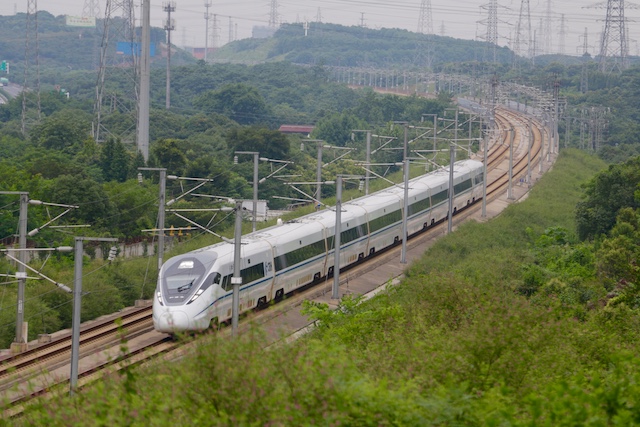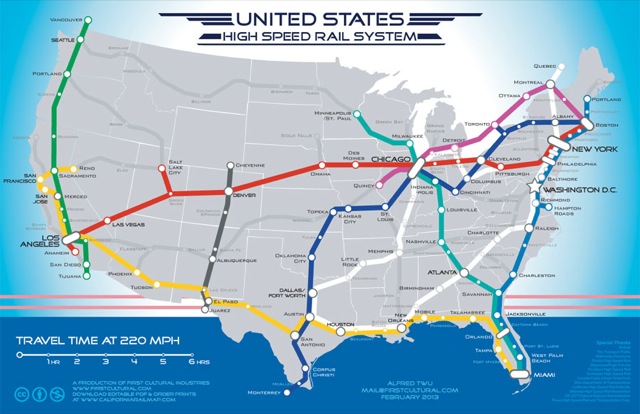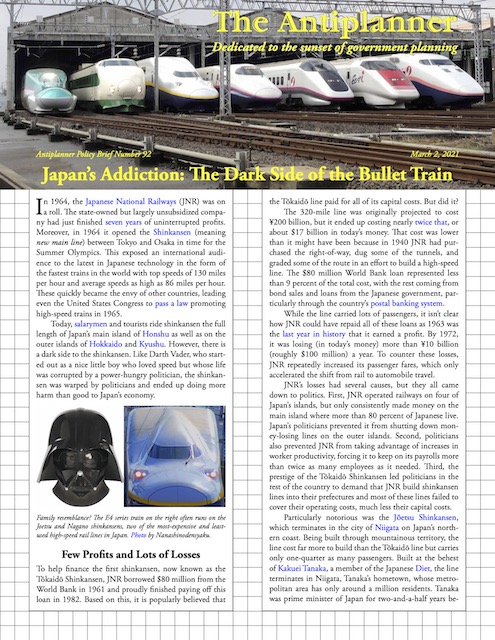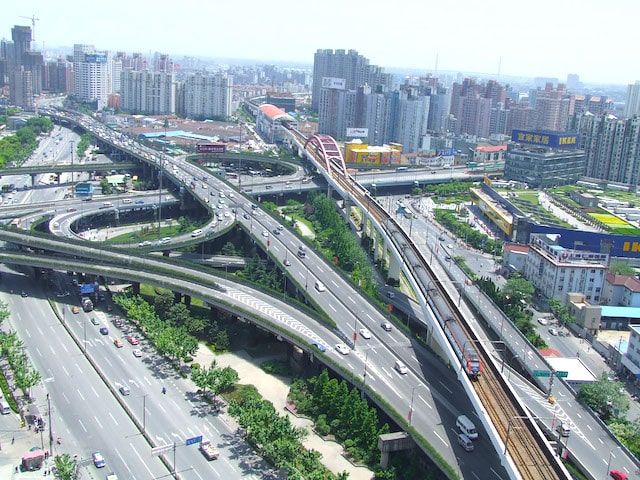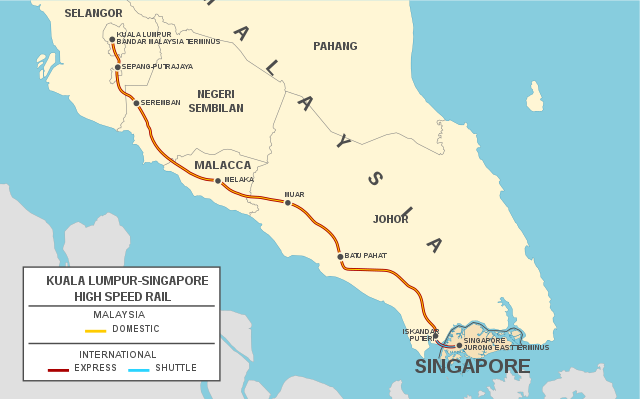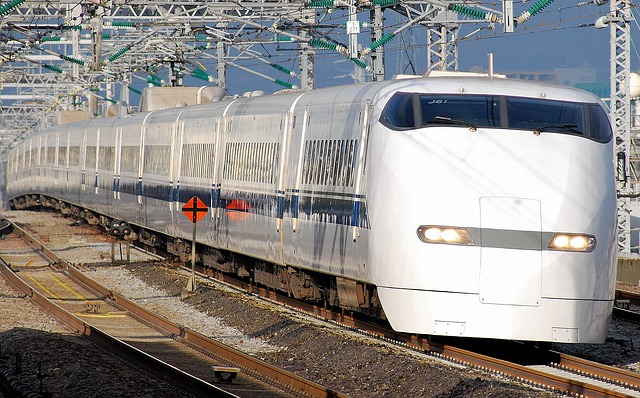Suppose I told you that I have reinvented the jet airliners that carried Americans more than 750 billion passenger miles–about 10 percent of all passenger travel–in 2019. My reinvented jet will go less than half as fast as existing jets. It will cost six times as much to operate, per passenger mile, as existing jets. Unlike existing jets, which can go anywhere there is air, the reinvented jet will only be able to go on a limited number of fixed routes.
The reinvented jet airliner: less than half the speed, more than six times the cost, and doesn’t go where you want to go. Photo by Cobaltum.
This wondrous invention will become a reality if the federal government spends a mere one, two, or possibly three or four trillion dollars. Does that sound like a good deal? No? Yet that is exactly what high-speed rail advocates are proposing. Some proposals, such as the Green New Deal, even call for almost completely replacing low-cost, fast jet airliners with high-cost, relatively slow trains. Continue reading

